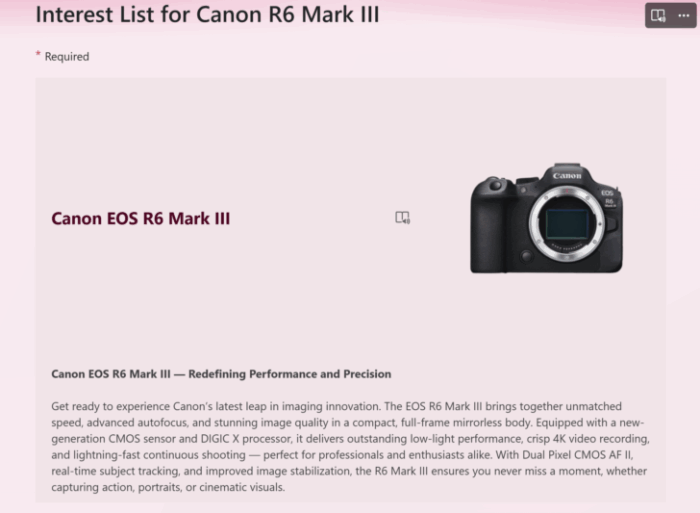Leaked image of the new Canon RF 45mm f/1.2 STM lens
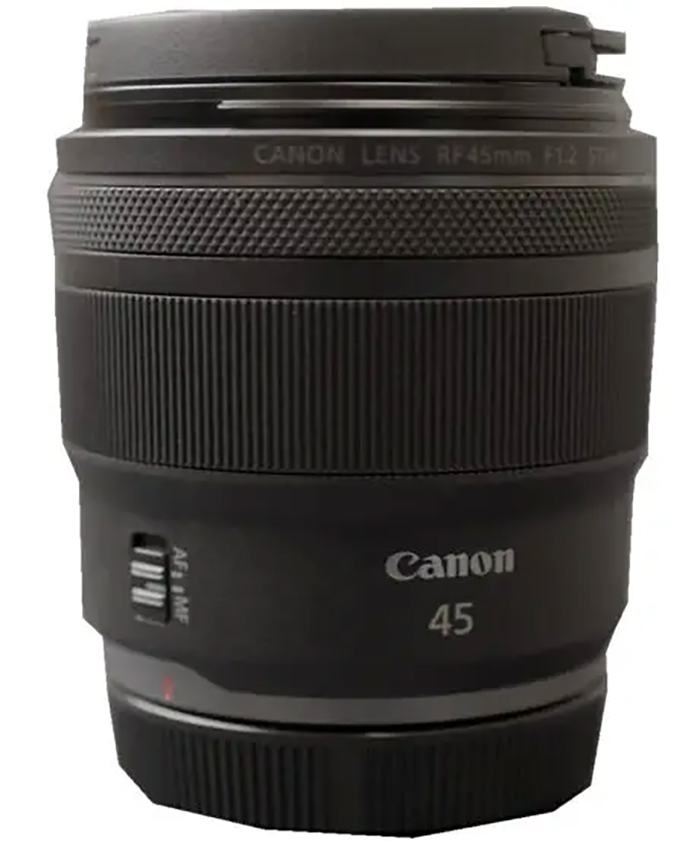
Canon RF 45mm f/1.2 STM specs via CR:
- Optical quality on par with the RF EF 50mm f/1.2L USM (Claimed)
- Digital Focus Breathing Correction
- 67mm Filter Thread
- Weight: 346g
- Price: €499 or €599 (We have been told both price points)
It’s impressive they launch a f/1.2 prime for such a low price.
Forged in Desire: The Birth of a 50mm f/1.0 M-Mount Legend
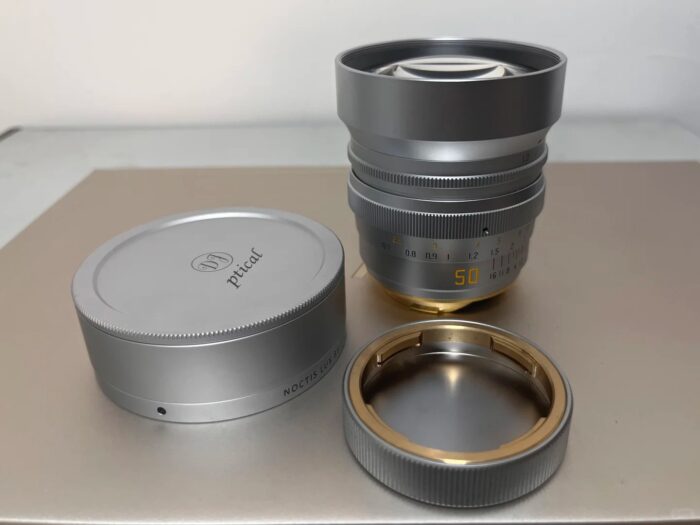
A mysterious lens craftsman known only as DJ — or “Mirror Caster-DJ” — has emerged from the shadows with a singular goal: to build a 50mm f/1.0 M-mount lens from scratch in China. His project, dubbed “Yagami’s Desire,” is more than just a technical challenge — it’s a journey into the very soul of lens design.
After more than 100 days of meticulous iteration, DJ has unveiled what he calls the “perfect form.” The prototype lens is not simply a mechanical object — it is the result of deep introspection, repeated trial and error, and a refusal to compromise for the sake of efficiency. From countless digital renderings to hollow-sounding 3D-printed mockups, each step revealed what was lacking — until the final form emerged from a block of aerospace-grade aluminum, carved with 5-axis CNC precision.
The resulting lens embodies more than just optical ambition. The ergonomic curves, solid weight, and tactile feel represent the culmination of desire — a vessel designed to evoke the stillness of the night and the sacred quality of image-making. It’s not a “product,” but a crafted experience. One that blurs the boundary between ordinary tools and extraordinary creative expression.
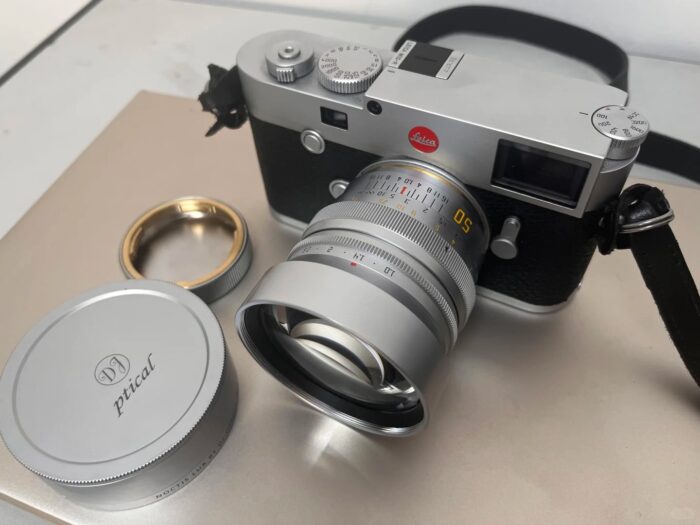
The heart of the lens — the so-called “skeleton of God” — is the bronze mirror section, where the human hand meets the soul of the tool. It’s machined to feel organic and intuitive, delivering haptic trust with each touch. This attention to detail speaks to DJ’s 30-year career in lens polishing and design, a craft he continues to practice in near-anonymity.
But this is not the end of the journey. With the form now realized, DJ’s next task is to give the lens a “soul.” In his words, that soul is born the moment light passes through the optics and is captured by the camera’s sensor. At that instant, glass and metal become alive, guided by the photographer’s will. This project isn’t about efficiency — it’s about faith in the act of creation.
DJ calls this lens the “Night God” — a tribute to its ultra-bright maximum aperture and elite imaging performance, particularly in low-light scenarios. It’s meant to dominate the darkness, not simply by specs, but by spirit.
This chapter has closed with the perfect shape in hand — but the next chapter begins now, in search of perfect light.
If you’d like to follow the full journey of DJ’s lens craftsmanship, you can find the complete “Longing for Yagami” series on Note.com.
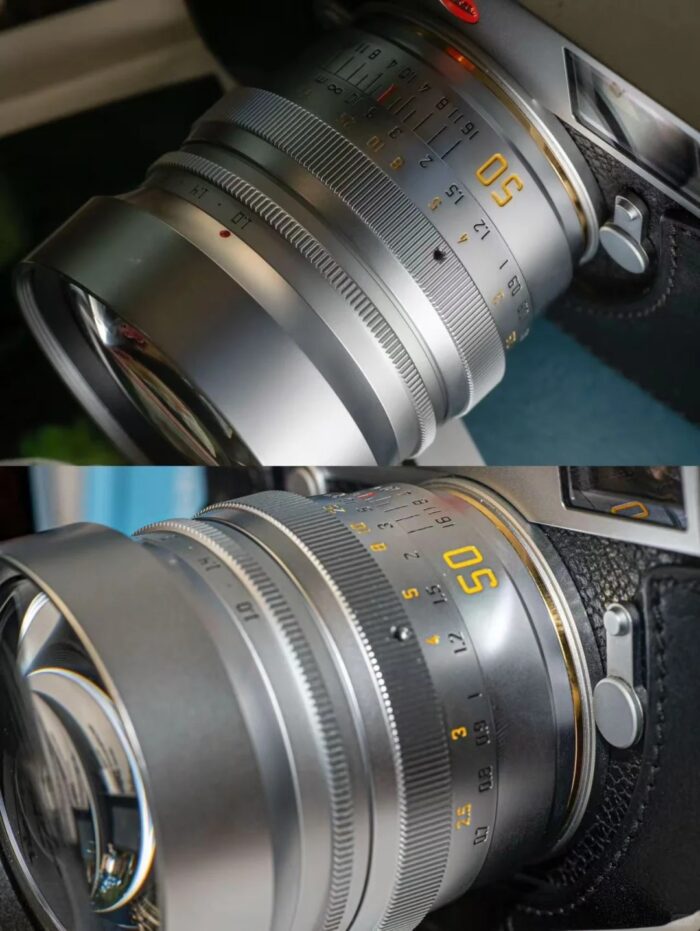
RODELINK II Transmitter spotted on the FCC pages
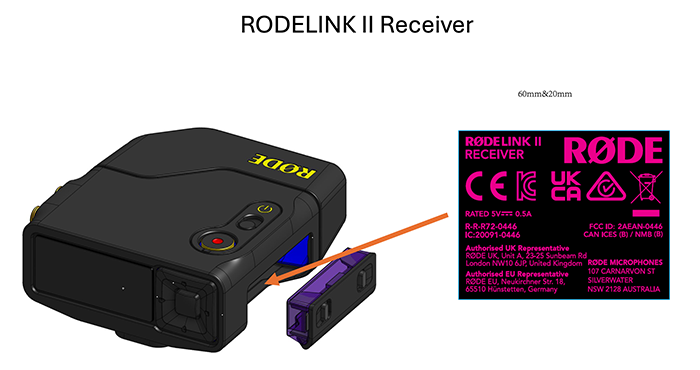
One of our readers spotted the design of the upcoming new RODELINK II Transmitter.
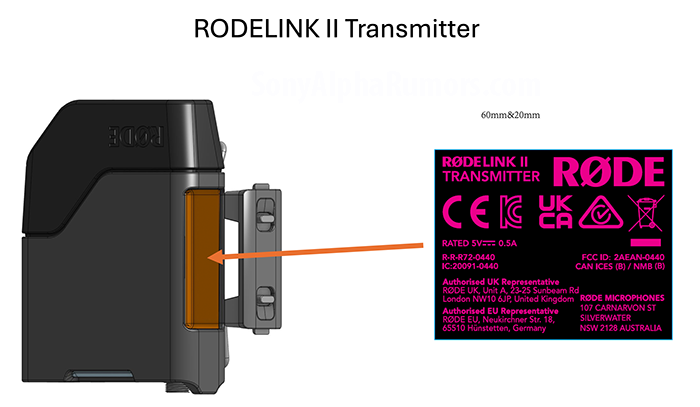
Amazon has just rolled out a brand-new feature that reveals how many cameras were sold this month.
Amazon has just rolled out a brand-new feature that reveals how many cameras were sold this month. The Amazon ranking shows the best selling cameras of the past days. And I added the info of the units sold in the past 30 days:
- 400+ for the Sony A7IV
- 1000+ for the Canon R50
- 500+ for the Canon R6II
- 500+ for the Canon R100
- 200+ for the Sony ZV-E10
- 200+ for the Sony A6700
- 100+ for the Canon R10
- 100+ for the Sony A7rV
- 100+ for the Sony A6400
- 200+ for the Canon R8
Canon has published (and now removed) the official Canon R6III NOvember 6 launch teaser

For a brief moment, Canon USA published an official teaser — which has since been removed. Fortunately, PetaPixel was quick enough to capture a screenshot before it disappeared.
The full specs are already well known:
- 34.2MP / 32MP (Same as the Cinema EOS C50)
- Dual Pixel CMOS AF II with multiple subject detections
- Can store up to 100 faces for autofocus recognition
- IBIS: 6.5 Stops
- 5.76m-Dot EVF (0.76x) (Still Unconfirmed)
- Pre-capture
- Max Framerate: 40fps E-Shutter
- Canon Log-2 & Canon Log-3
- LGOP (Long Group of Pictures)
- All-I
- Mode Dial Now Includes “S&F”
- Update: This feature lets you select frame rates based on a multiplication factor more efficiently. If you’re shooting at 24fps, you can easily switch to 12fps by selecting 0.5x or double the frame rate by selecting 2x. I don’t know if there are other multiplication settings.
- Max ISO: 64000
- Open Gate RAW 24/25p
- Open Gate (3:2 7K RAW, 7K MP4, Proxy Full HD MP4)
- RAW Video: 7K DCI (17:9) / (Open Gate 3:2)
- 7K RAW: 12bit CRM Audio: Linear PCM/AAC
- 4K/Full HD Time-Lapse Mode
- MP4 Video: 4K DCI/UHD (17:9/16:9), 2K/Full HD (17:9/16:9)
- 4K/2K/Full HD: XF-HEVC S/H.265, Audio: Linear PCM/AAC
- 4K/2K/Full HD: MPEG-5 AVC S/H.264, Audio: Linear PCM/AAC
- 24-bit Audio
- Dual Slot (CFe Type B & SD UHS-II)
- Full-Size HDMI Port
- LP-E6P
- Price: €2899
- Price: $2899 (Tentative)
- Shipping Begins November 20, 2025
via CR
Pixii is teasing the launch of a new camera
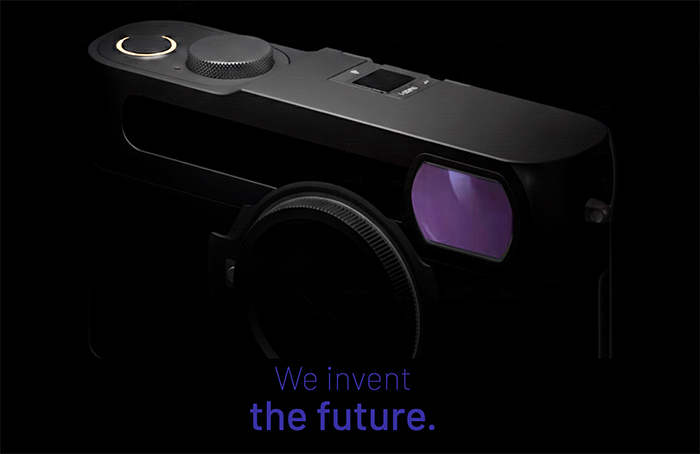
The French company is teasing a new Pixii Full Frame camera launch. All you can see from this image that unlike the other Pixii cameras this one has no top LCD screen.

